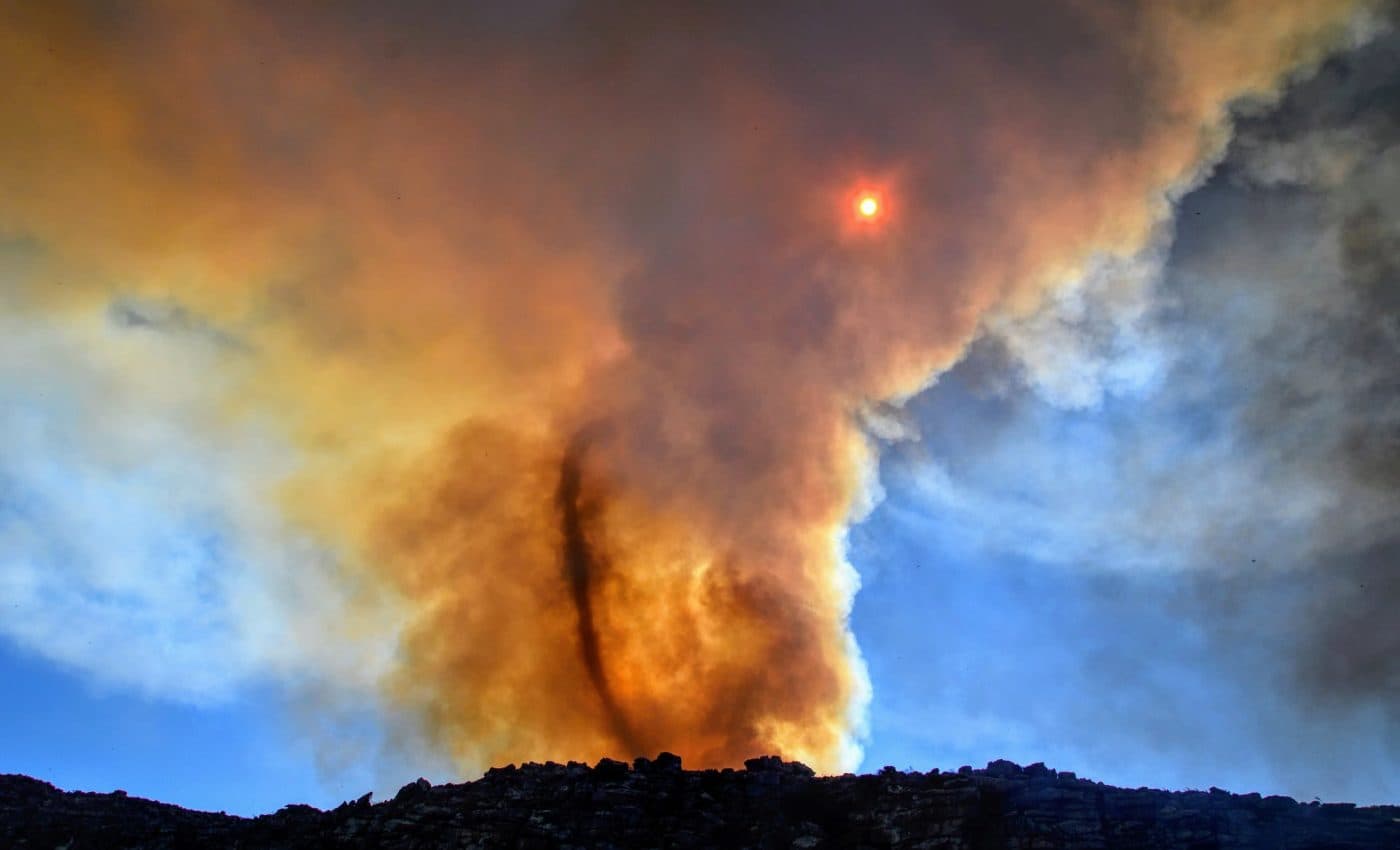The ozone layer, which protects us from the sun’s harmful rays, has been healing over the past few decades for the international efforts like the Montreal Protocol. A new challenge has emerged: wildfires. Recent research has found that large wildfires can impact the ozone layer in unexpected ways. This discovery highlights how natural events can affect our atmosphere.

Scientists studied how wildfires affect the ozone layer by looking at a smoke-charged vortex (SCV). This is a powerful, smoke-filled whirlpool created by wildfires, which pulls smoke high into the atmosphere, up to 35 kilometers.
This was observed during the 2019/20 Australian wildfires, which caused a significant increase in particles in the stratosphere.
“Using satellite data and computer models, we examined how the smoke from the 2019-2020 Australian wildfires reached the stratosphere and affected the amount of particles and chemicals there, focusing on SCVs that were not well-studied before,” said the researchers.
Hang Su, a professor at the Chinese Academy of Sciences, explained the effects of the smoke-charged vortex. “This process led to at least a doubling of the particles in the southern hemisphere’s middle stratosphere. These particles caused chemical reactions that affected ozone levels,” noted Professor Su.
The wildfire particles have a mixed effect on the ozone layer. While they increased ozone depletion in the lower stratosphere, they also helped increase ozone in the middle stratosphere. Professor Yafang Cheng from the Max Planck Institute for Chemistry explained the broader impact.
“Our study shows how particles in wildfire smoke can create large smoke-filled vortices that change the circulation in the stratosphere,” said Professor Cheng. Dr. Chaoqun Ma, a postdoctoral researcher at the MPIC, found the study fascinating. “I love this study because it shows how connected different parts of the Earth system are,” said Dr. Ma. “
Leave a Reply